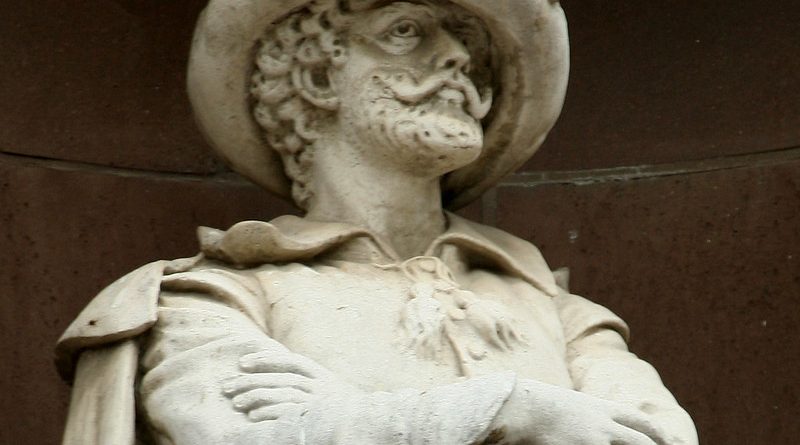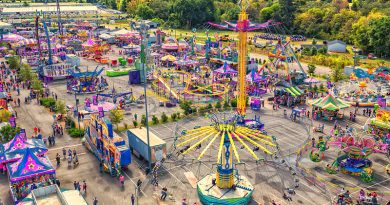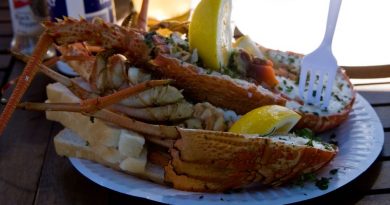Art in Antwerp: Paul Rubens
Culture Facts
Where: Antwerp, Belgium
Who: The most progressive of the Old Masters, and a true Renaissance man – artist and diplomat
When: Early 17th century
Go to see: Two world famous artworks considered to be the ultimate depictions of Christ’s suffering
Who Was Paul Rubens?
Pieter Paul Rubens (1577-1640) was probably the most versatile and most forward looking of all the Old Masters and one of the only artists genuinely deserving of the moniker ‘Renaissance Man‘. Not just a great painter, he was also a gifted diplomat who brokered peace deals between Spain and the Netherlands, and between Spain and its arch enemy England – indeed, he was even knighted by both Charles I of England and Philip IV of Spain. He was an architect of vision who introduced Italian Baroque style to Flanders as well as being extremely well read – he exchanged ideas with many of Europe’s leading minds of the time. Rubens was undisputedly a polymath.
Rubens’ father fled Flanders during the reformation, after converting from Catholicism to Calvinism, to Germany where Pieter was born. Following his father’s death, Rubens and his mother returned to Flanders where he learnt to paint before traveling to Italy where he soaked up Renaissance art and architecture. Inspired, Rubens went on to create almost 3000 paintings in his 40-year career. His subject matter began as epic religious scenes in aid of the Flemish papal revival, moving onto royal portraiture (he traveled around Europe to many of the great seventeenth century courts while later in his career, when he’d made his fortune, he painted landscapes and portraits for pleasure.
Exploring Rubens’ Antwerp Today
There’s plenty of scope for exploring the Rubens legacy in his home town of Antwerp. Three places that should figure high on your list are:
- Rubenshuis is a complex arranged around an inner courtyard. The Baroque portico between the courtyard and the Flemish-Italian Renaissance garden was designed by the master himself. After Rubens’ death (1640), the complex changed hands several times. It was purchased in 1937, virtually in ruins, and restoration followed. It’s supposedly a very fine evocation of the seventeenth century reality. The museum houses ten works by Rubens including his self-portrait, Adam and Eve in Paradise, Henry IV in the Battle for Paris and a portrait of Anthony Van Dyck (one of his pupils) as a boy. Many objets d’art and utensils are also shown which either belonged to him or date from his time, including a still life by Frans Snyders, The Art Room of Cornelis van der Geest by Willem Van Heacht, Mercury and Argos by Jacob Jordaens, an anonymous portrait of Rubens’ second wife Helena Fourment, Antwerp cabinets, and also a chair which Rubens used as dean of his guild.
- The Cathedral of our Lady contains two world-famous triptychs – The Raising of the Cross and The Descent from the Cross are considered by art critics to be the ultimate depictions of Christ’s suffering. Weather permitting, the high altar with The Ascension of the Virgin is illuminated by the midday sun.
- Koninklijk Museum voor Schone Kunsten (Royal Museum of Fine Arts) is a Mecca for Rubens with 20 paintings exhibited alongside other seventeenth century baroque masters. The impressive range of art exhibited runs from fourteenth century to contemporary, including a good section on fifteenth century Flemish primitives.
More Information
Rubenshuis
Wapper 9-11
2000 – Antwerpen
Tel – 00 32 3201 1555
By Kate Griffiths




